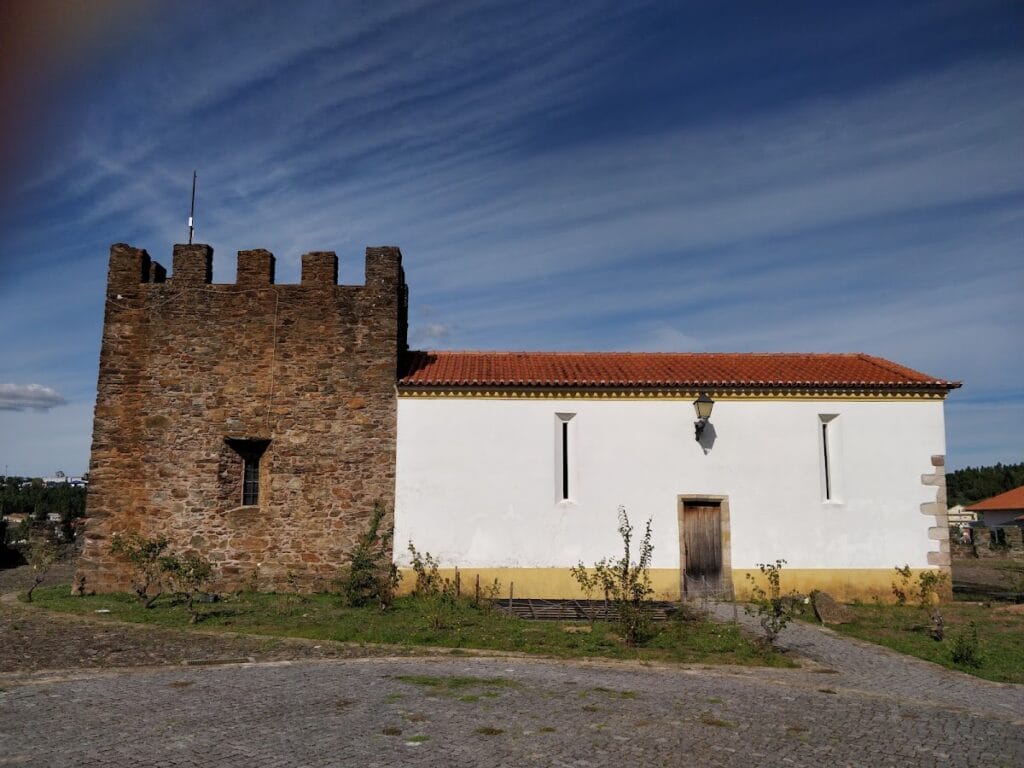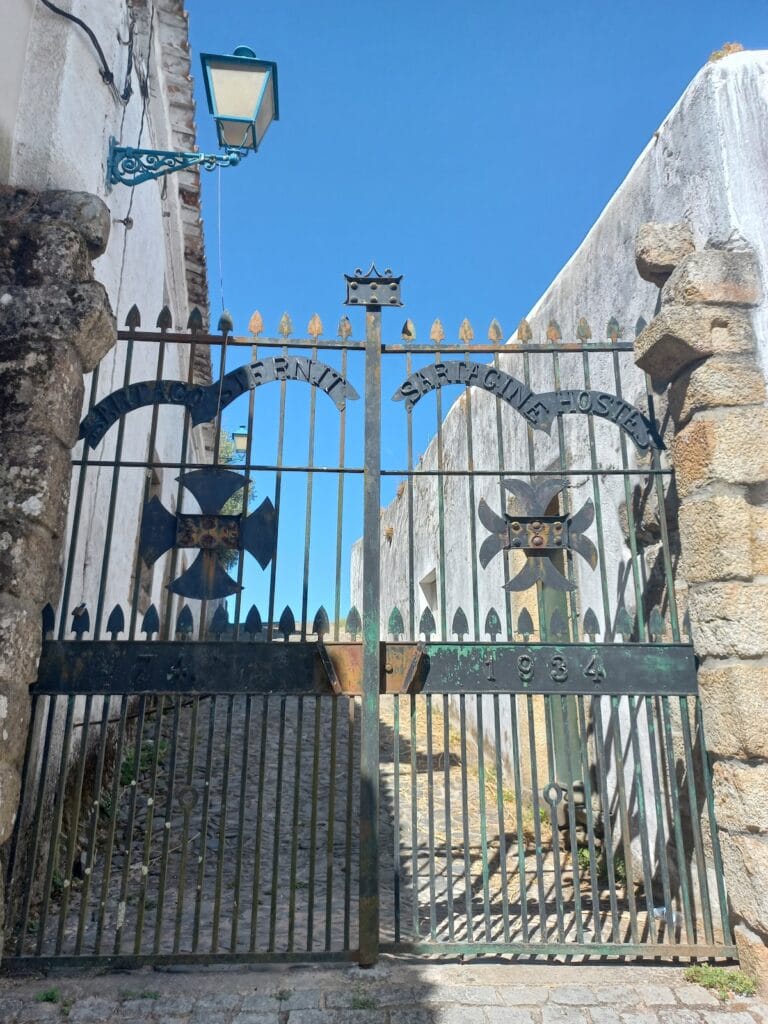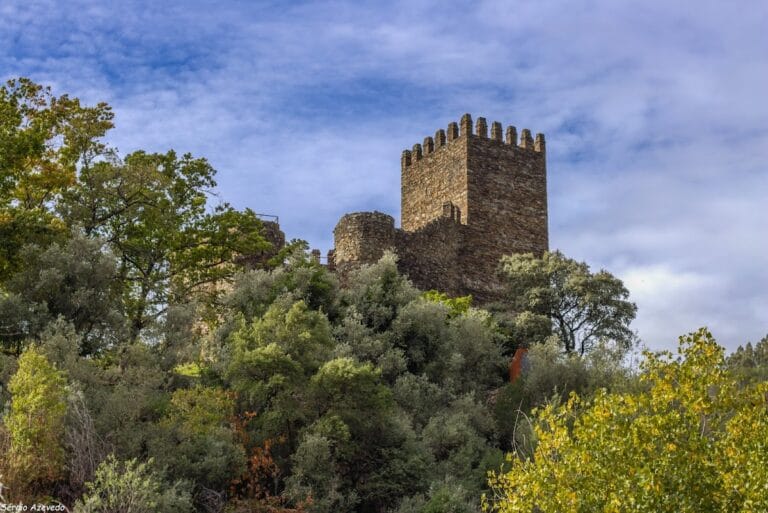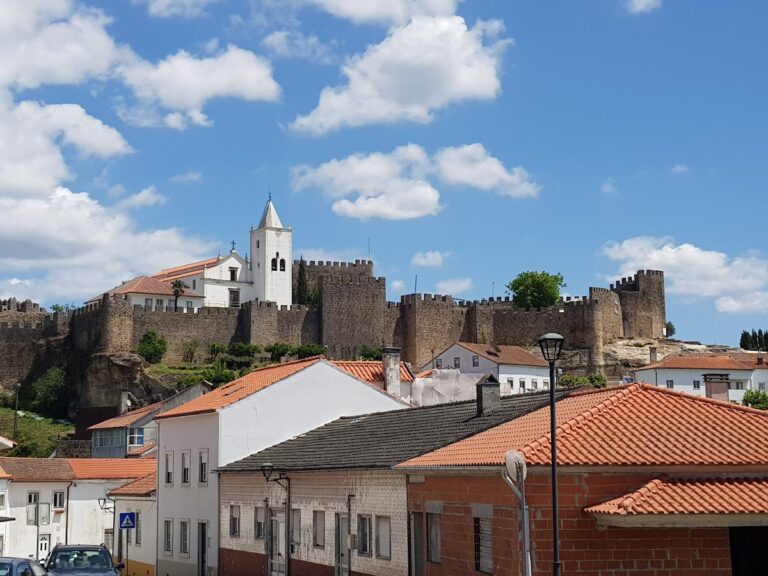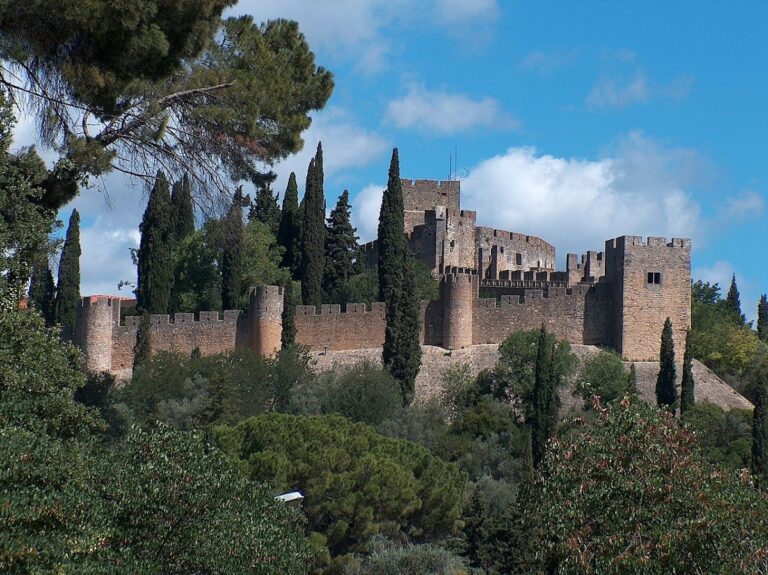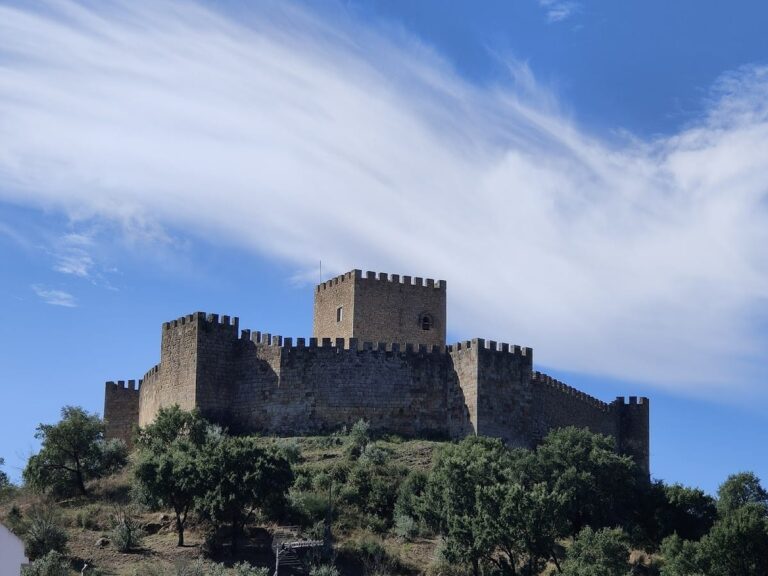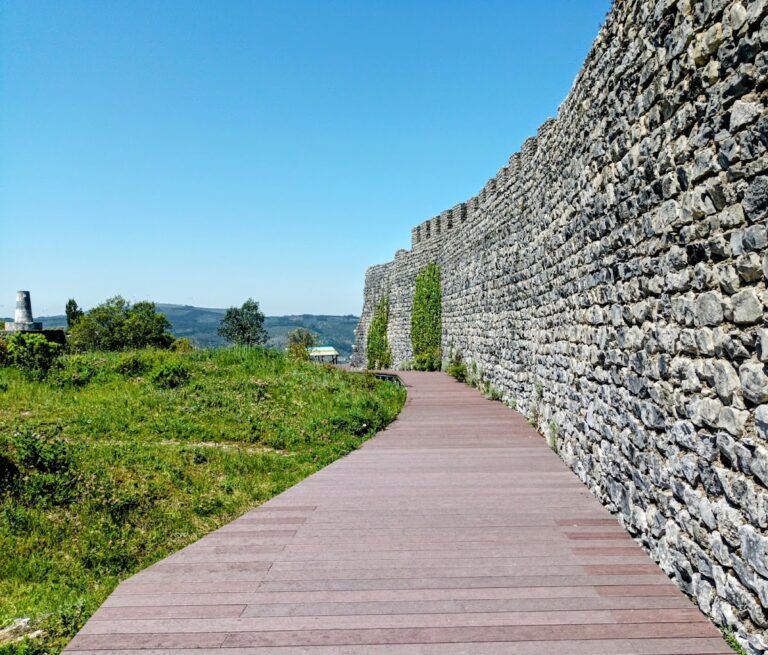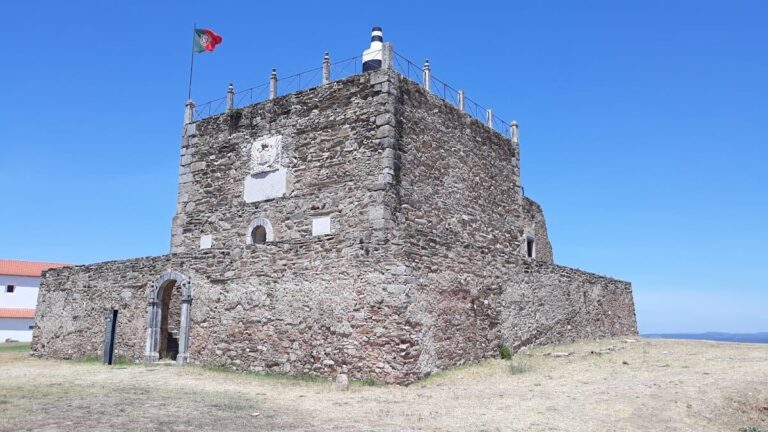Castelo da Sertã: A Medieval Fortress in Portugal
Visitor Information
Google Rating: 4.2
Popularity: Low
Google Maps: View on Google Maps
Official Website: turismo.cm-serta.pt
Country: Portugal
Civilization: Unclassified
Remains: Military
History
The Castelo da Sertã stands in the municipality of Sertã, Portugal. Although its exact origins are not fully documented, local tradition connects its beginnings to Roman times, while the earliest written references point to the medieval period.
According to a legend collected by Father Lourenço Farinha in 1930, the castle’s foundation is linked to Sertório, a Roman military exile who lived around 80 BCE. He allied with the Lusitanian resistance against Roman forces until his assassination by a Roman lieutenant named Perpena. The tale continues with a dramatic siege where, after the death of the local leader, his wife Celinda famously defended the fortress by pouring boiling oil from a frying pan onto the invaders. This courageous act delayed the Romans until allied forces arrived to break the siege. The story remains an important cultural memory, commemorated on the town’s coat of arms with the Latin motto “Sartago Sternit Sartagine Hostes,” meaning “The frying pan defeats enemies with a frying pan.”
Despite this popular narrative, archaeological studies conducted late in the 20th century have not uncovered Roman or Lusitanian remains at the site. The first documented mentions of the castle date from 1629. However, historians generally agree that an original fortification was likely established during the 10th century, possibly as part of a defensive network during the early medieval period.
During the Christian Reconquista, which involved reclaiming territory from Muslim rule, Count Henrique de Borgonha (1095–1112) is credited with repopulating the area around Sertã and reconstructing the castle, strengthening its role as a military and administrative center. Control of the castle’s lands later passed to the Knights Templar, a medieval religious and military order. After the Templars were dissolved in Portugal, their holdings, including these lands, were transferred to the Order of the Hospital, also known as the Knights Hospitaller.
The settlement around the castle was officially recognized with a Foral charter—a royal document granting legal and administrative privileges—in 1455 under King Afonso V. This charter was confirmed by King Manuel I in 1513, reinforcing Sertã’s municipal status and governance.
In the mid-1500s, Vicente Caldeira served as Alcaide-mor, or chief governor, overseeing the castle’s defense and local administration. By the 19th century, the castle was noted by visitors; an English travel guide from 1850 described it as “extremely picturesque,” highlighting its continued presence in the town’s landscape.
Today, the remaining structures of Castelo da Sertã are recognized for their historical importance and are being considered for official heritage protection by Portuguese authorities.
Remains
The surviving remains of Castelo da Sertã consist primarily of sections of medieval walls and a tower adjacent to a church, all situated close to residential buildings. This positioning illustrates how the castle became integrated within the fabric of the town as it developed around the fortification.
These extant structures reflect typical medieval military construction, with stone walls forming defensive barriers. The adjacent tower likely served as part of the castle’s lookout and stronghold, playing a key role in surveillance and defense. Photographic records confirm the presence of these key elements standing in partial ruin rather than complete disrepair.
There is no record of decorative elements, inscriptions, or distinctive architectural features such as gates, staircases, or mosaics at the site. The remains are primarily valued for their representation of a medieval fortress within the historical context of Sertã.
Oral tradition notably preserves the memory of Celinda’s defense, symbolized in the town’s heraldry rather than physically marked on the castle ruins themselves. These historical and cultural associations continue to enrich the significance of the surviving structures.
While the castle no longer functions as a fortress, the remaining walls and tower stand as tangible links to Sertã’s medieval past, providing insight into the settlement’s evolution and longstanding strategic importance. The castle’s partial preservation continues to invite study and protection.
